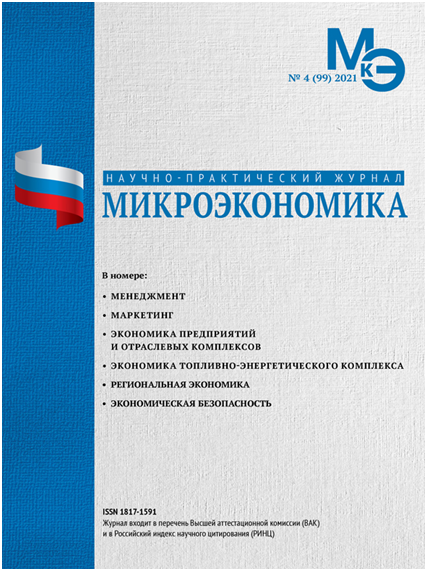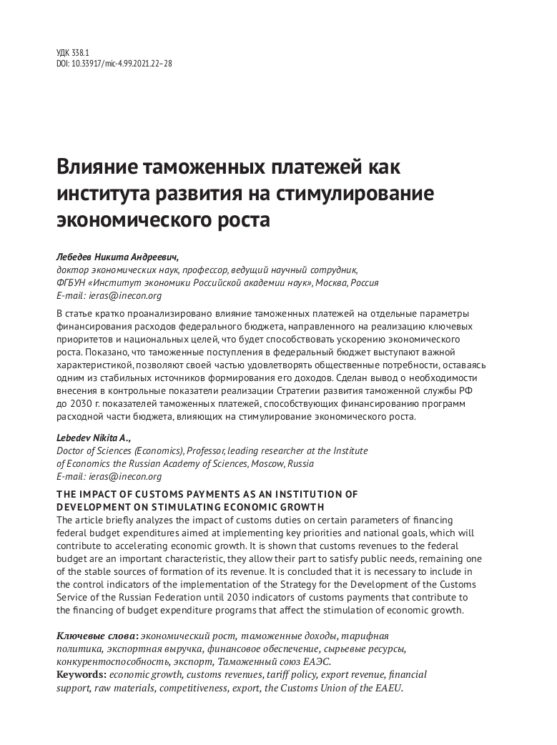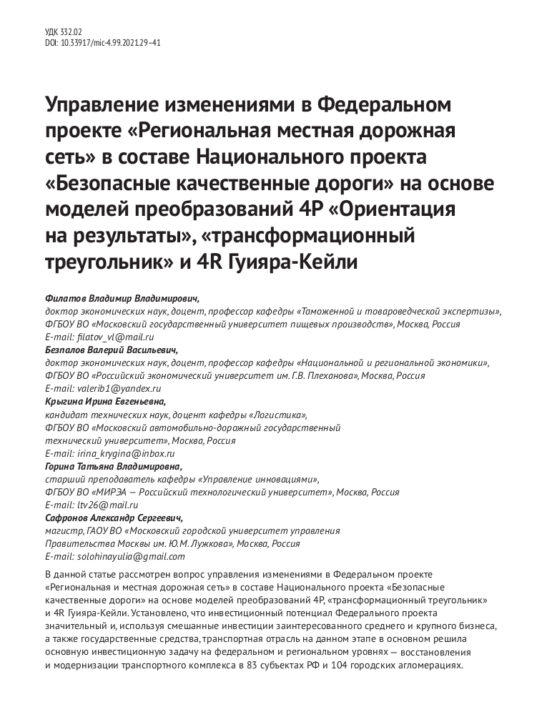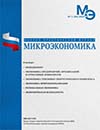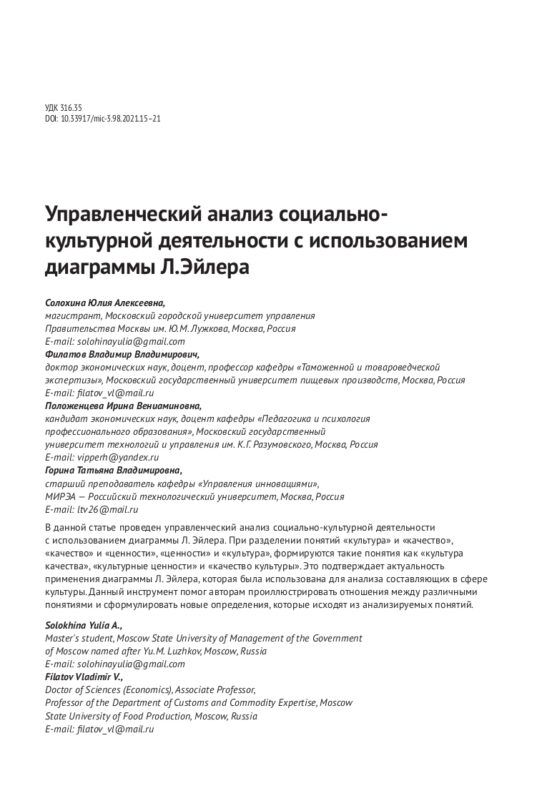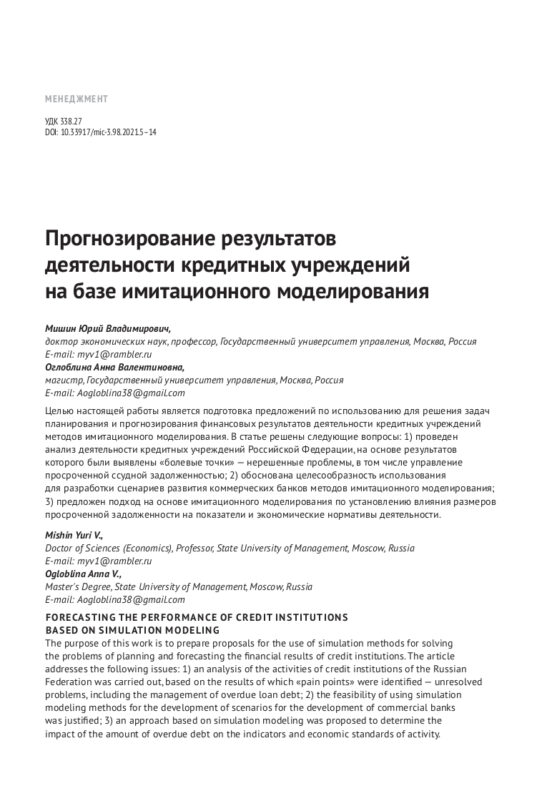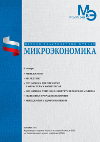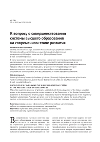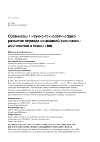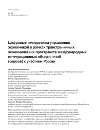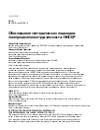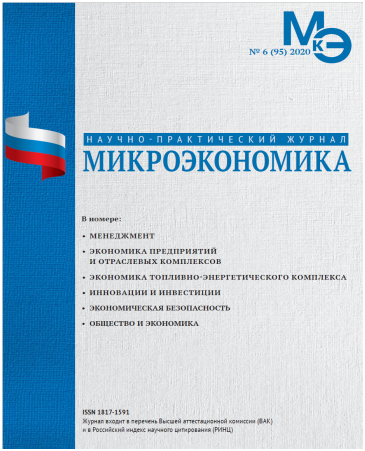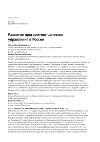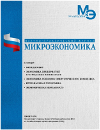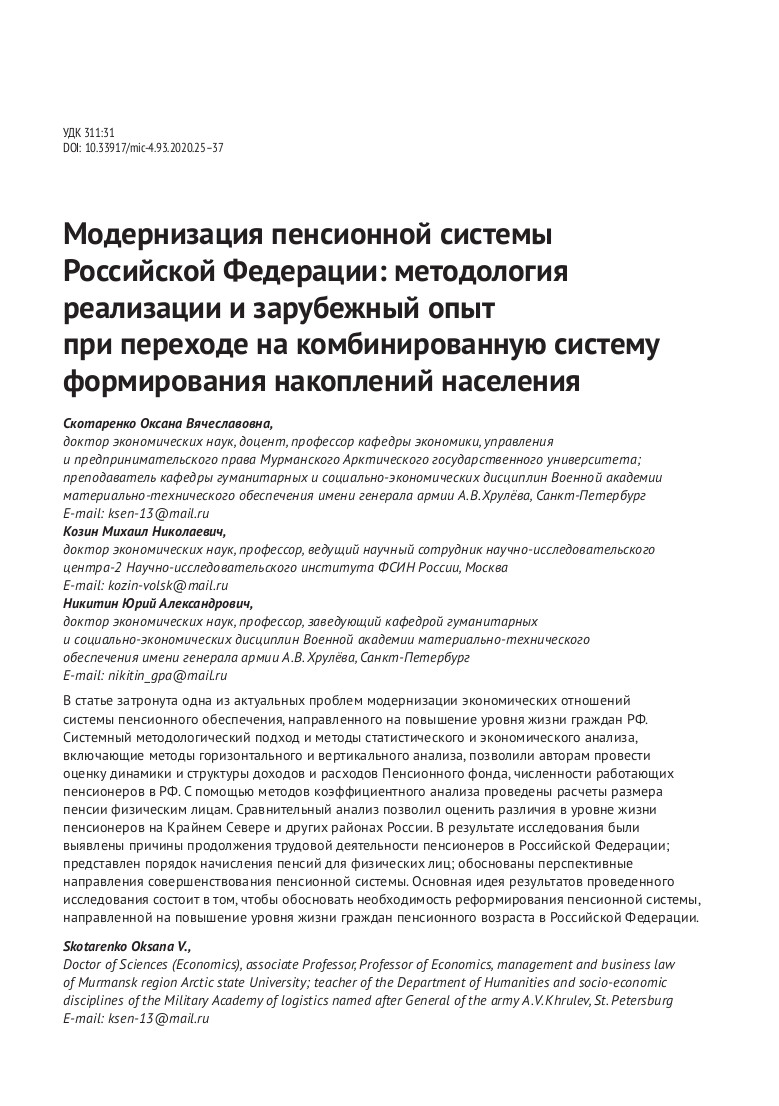The impact of customs payment as an institution of development on stimulating economic growth
DOI: 10.33917/mic-3.98.2021.22-28
The article briefly analyzes the impact of customs duties on certain parameters of financing federal budget expenditures aimed at implementing key priorities and national goals, which will contribute to accelerating economic growth. It is shown that customs revenues to the federal budget are an important characteristic, they allow their part to satisfy public needs, remaining one of the stable sources of formation of its revenue.
It is concluded that it is necessary to include in the control indicators of the implementation of the Strategy for the Development of the Customs Service of the Russian Federation until 2030 indicators of customs payments that contribute to the financing of budget expenditure programs that affect the stimulation of economic growth.


